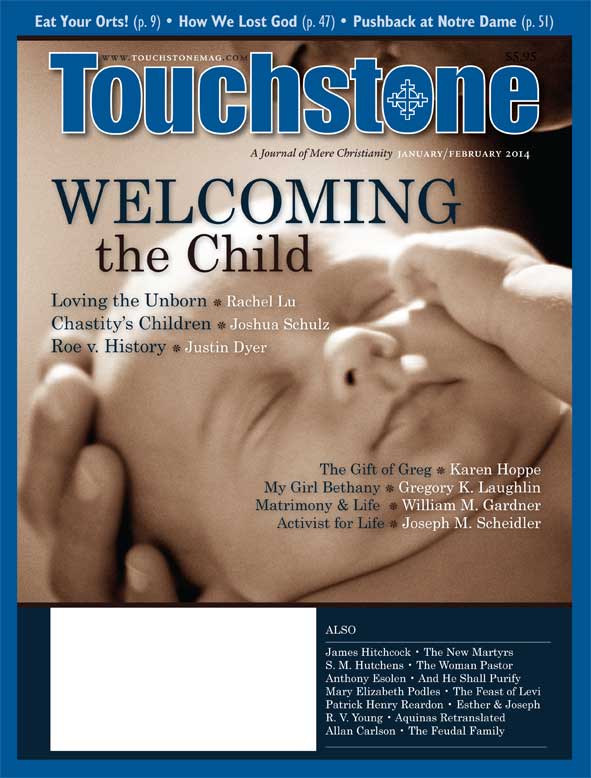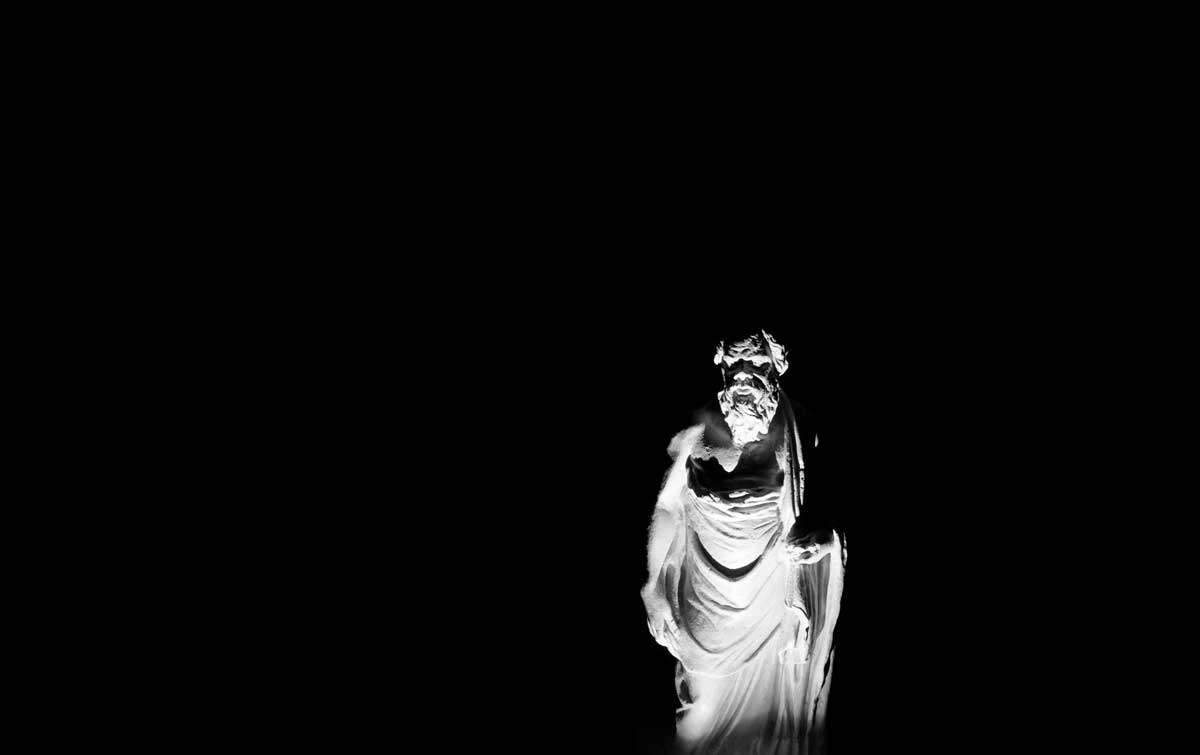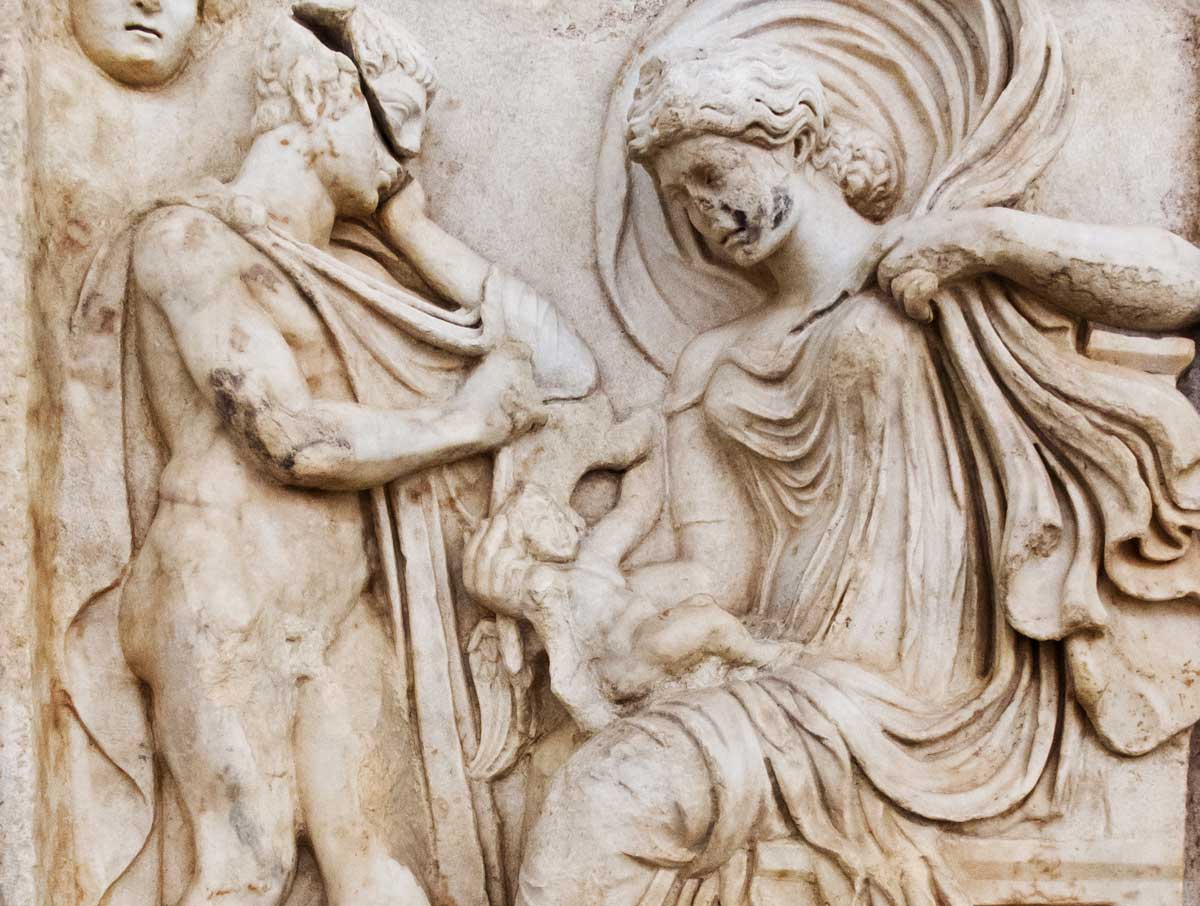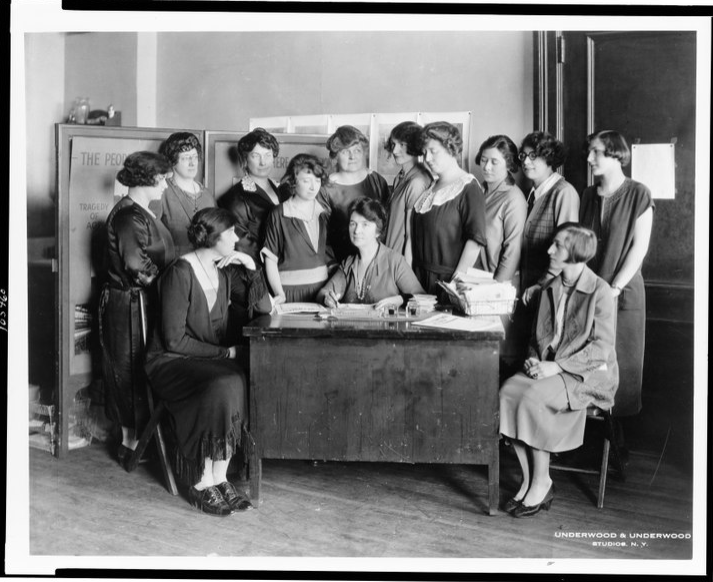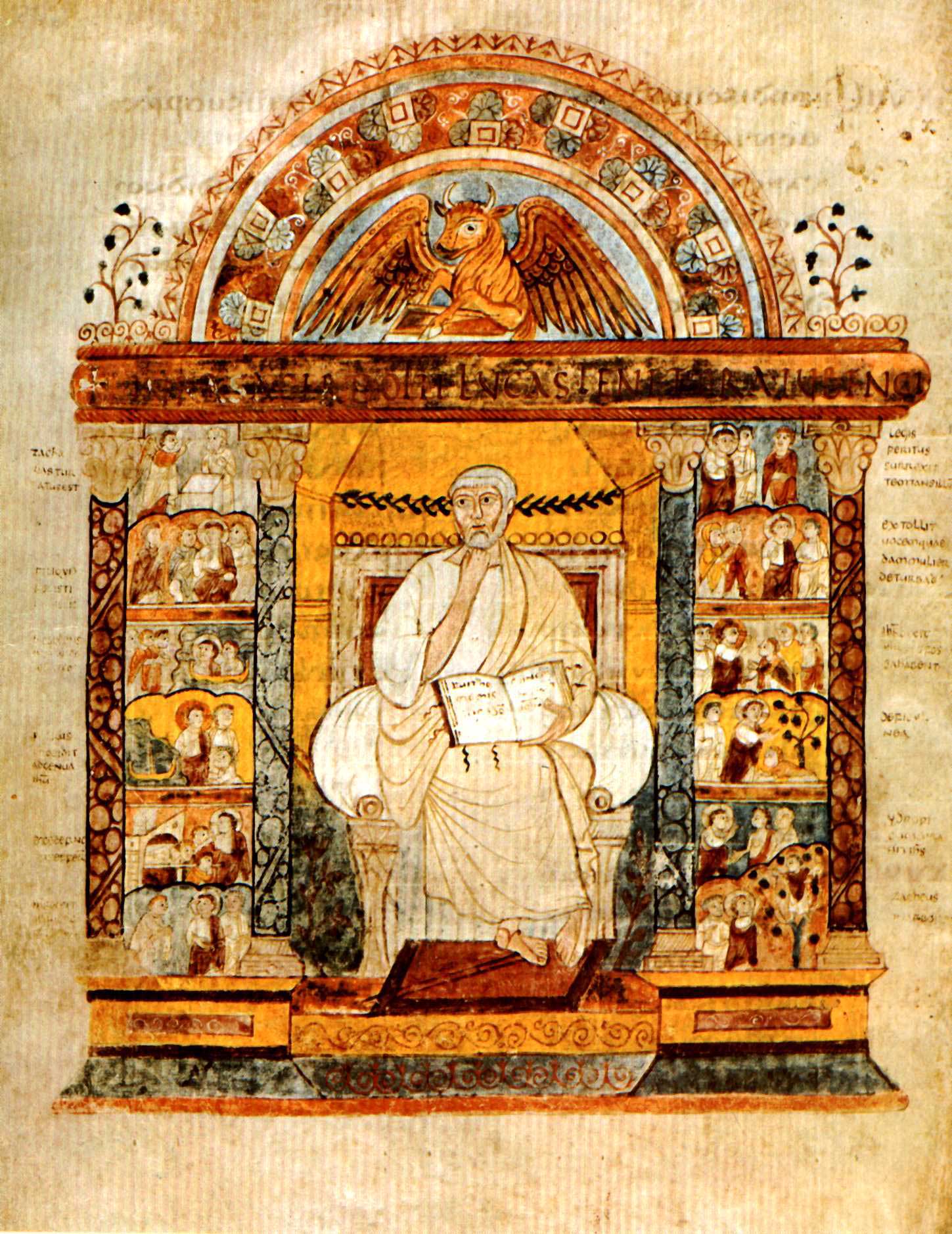Feature
Roe v. History
How the U.S. Supreme Court Falsified the Record of Legislation Protecting Life
On an otherwise ordinary morning in the summer of 1970, a divorced and abandoned woman named Pixie went into labor in a Dallas hospital. A self-described "rough woman, born into pain and anger and raised mostly by [herself]," Pixie had spent the last few years as a barker "running the freakshow at the Bluegrass Carnival." Though she was young, Pixie had already lived a tough and troubled life, and now, at age twenty-one, she was the mother of three girls born to three different fathers.
Young, scared, and alone, Pixie had initially asked her obstetrician simply to make her "not pregnant." To her dismay, Pixie was told that in Texas it was illegal to perform an abortion that was unnecessary to save her life, and, admittedly, her life was not in danger. Through a series of events that began with a referral to a Dallas adoption attorney, she then ended up at Columbo's Pizza Parlor seated across from two young, idealistic attorneys searching for a lead plaintiff for a class-action lawsuit challenging the constitutionality of Texas's restrictive abortion law.
In a decision that changed her life, Pixie—whose legal name is Norma McCorvey—agreed to participate. The pregnant, twenty-one-year-old carnival worker assumed the pseudonym Jane Roe in a lawsuit filed against Dallas District Attorney Henry Wade, and nearly three years later—long after McCorvey had given her third daughter up for adoption—the case of Roe v. Wade was decided in her favor. On January 22, 1973, the Supreme Court of the United States announced in a 7–2 decision that the Constitution protected the right of Jane Roe to terminate her pregnancy, and the Texas law banning elective abortions, along with similar state laws across the country, was deemed unconstitutional.
The Court's decision in Roe was buttressed by the published research of law professor Cyril Means, who claimed that abortion was a traditional common law liberty in America and that nineteenth-century abortion statutes (such as the statute on the books in Texas) were solely designed to protect the health and safety of women and not to preserve the lives of unborn children. These claims were as dubious in 1973 as they are today, but they continue to inform law, scholarship, and commentary at the highest levels. The forty-first anniversary of Roe v. Wade offers as good a time as any to shed disinfectant light on what has become orthodox abortion history in many quarters of the academy.
Creating the New Narrative
Shortly after Norma McCorvey filed her lawsuit against the Dallas District Attorney, inaugurating what would become the landmark case of Roe v. Wade, a similar case was docketed for the Northern District Court of Ohio. In Steinberg v. Brown (1970), a pregnant twenty-one-year-old welfare recipient with a dependent child at home and an estranged husband (along with a physician, a psychiatrist, a social worker, and a minister) initiated a class action lawsuit challenging the constitutionality of Ohio's long-standing abortion ban.
"No person," the Ohio Revised Code stipulated, "shall prescribe or administer a medicine, drug, or substance, or use an instrument or other means with intent to procure the miscarriage of a woman unless such miscarriage is necessary to preserve her life, or is advised by two physicians to be necessary for that purpose." In this case, a three-judge federal court was asked to declare Ohio's anti-abortion statute unconstitutional. The right to privacy protected by various provisions in the Bill of Rights and made applicable against the states by the Fourteenth Amendment, it was argued, protected the right of Ohio women to seek and obtain abortions free from state legislative interference.
Yet a bill to revise and strengthen the restrictive abortion law at issue in Steinberg had been passed by the Ohio state legislature on April 16, 1867—just four months after the same legislature had voted to ratify the Fourteenth Amendment. Similar abortion laws existed in state codes throughout the country when Secretary of State William Seward certified that the required three-fourths of state legislatures had also voted for ratification. Those same abortion statutes had remained on the books, largely unchanged, until the legal challenges of the 1970s. For jurists and scholars adhering to traditional canons of constitutional interpretation, an obvious question emerged: How could a statutory regime in place in 1868 and left undisturbed for over a century be deemed unconstitutional?
In an attempt to meet this challenge, the general historical narrative that was developed by advocates of abortion reform was twofold. First, they suggested that the exclusive reason for nineteenth-century state abortion laws (like the Ohio statute in question) was to protect women from dangerous surgeries and abortifacient drugs and not to protect or safeguard the lives of unborn children (who, it was claimed, were always considered to be non-persons by the law). Second, legal reformers insisted that abortion was a traditional common law liberty in England and America. Because advances in medical technology had made abortion relatively safe for women, it was urged that judicial decisions striking down these century-old laws would fulfill the spirit of the original statutes (i.e., to protect women) while maintaining an essential continuity with the Anglo-American constitutional tradition. This narrative, in turn, provided the foundation for the decision in Roe v. Wade.
Cyril Means's "Revelations"
Justin Dyer is Assistant Professor of Political Science at the University of Missouri.
subscription options
Order
Print/Online Subscription

Get six issues (one year) of Touchstone PLUS full online access including pdf downloads for only $39.95. That's only $3.34 per month!
Order
Online Only
Subscription

Get a one-year full-access subscription to the Touchstone online archives for only $19.95. That's only $1.66 per month!
bulk subscriptions
Order Touchstone subscriptions in bulk and save $10 per sub! Each subscription includes 6 issues of Touchstone plus full online access to touchstonemag.com—including archives, videos, and pdf downloads of recent issues for only $29.95 each! Great for churches or study groups.
Transactions will be processed on a secure server.
more on abortion from the online archives
more from the online archives

37.5—Sept/Oct 2024
Why Law Schools Can't Teach Law
A sidebar to How Law Lost Its Way by Adam MacLeod
calling all readers
Please Donate
"There are magazines worth reading but few worth saving . . . Touchstone is just such a magazine."
—Alice von Hildebrand
"Here we do not concede one square millimeter of territory to falsehood, folly, contemporary sentimentality, or fashion. We speak the truth, and let God be our judge. . . . Touchstone is the one committedly Christian conservative journal."
—Anthony Esolen, Touchstone senior editor






